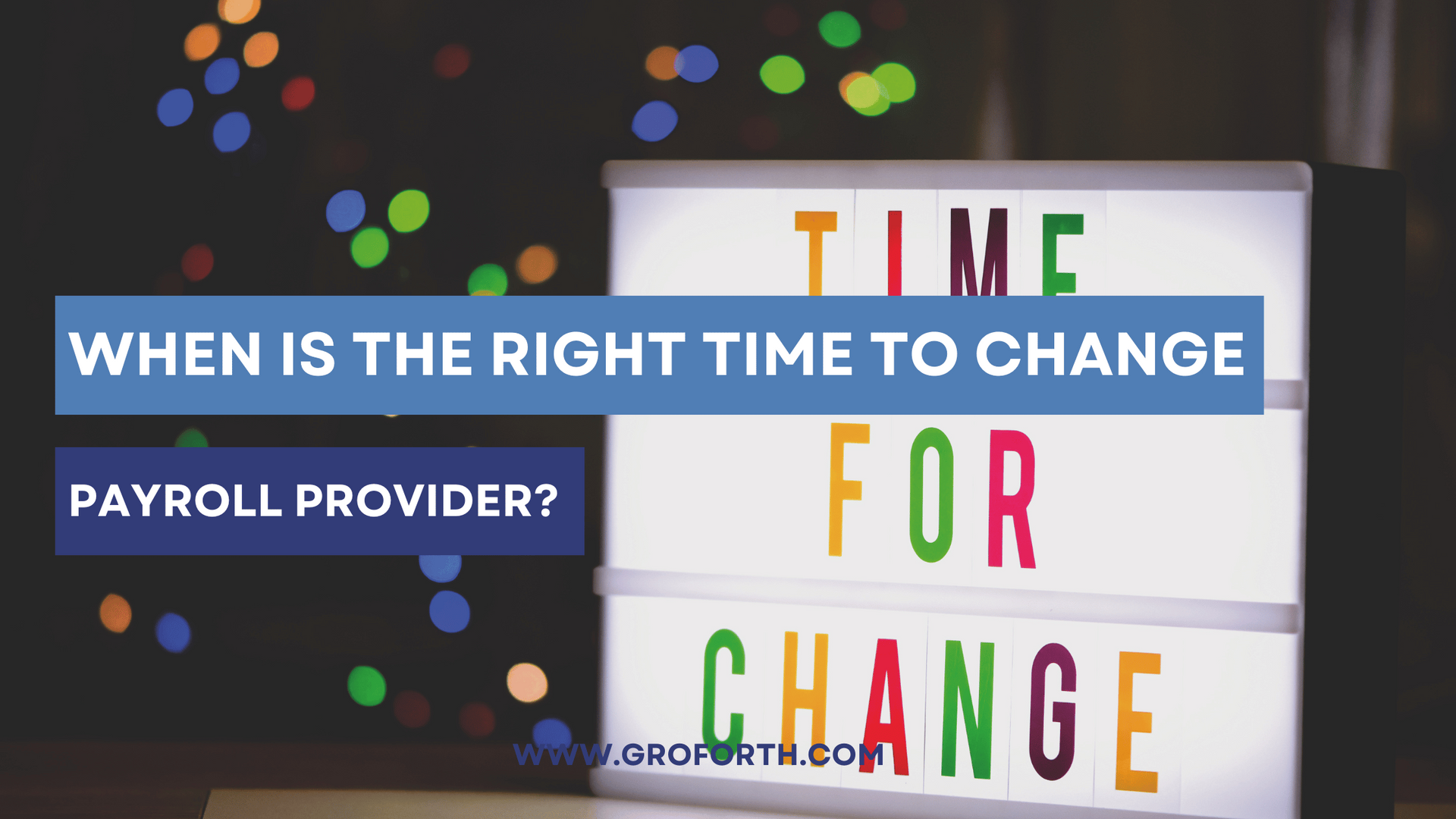How do you price your time?

Quantifying the time involved in the tasks you complete for your clients is the key to pricing your services correctly, says Sarah Daly.
When is the last time that you reflected on how you price your time? In my experience, most self-employed business owners are so busy they don’t have a lot of time for reflection. Yet if you haven’t worked out where you and your team spend most of your time every day, you can’t be sure that you are pricing your work correctly.
What to take into account when putting a price on your time
Basically, there are three key elements to look at when putting a price on your work. These are:
- labour costs,
- overheads, and
- the profit that you want to make.
It is really important to break down the tasks that go into each job that you complete for your clients, particularly if you have employees working on multiple projects. It’s only when you understand the costs associated with individual tasks that you can work out what to charge for them.
Fixed price vs hourly rate
When setting the rate for a job, there are two main approaches to pricing. You can either charge a fixed price or an hourly rate. There are pros and cons to each of these approaches.
Fixed price
When you set a fixed price, a key advantage is that your earnings won’t be affected if a job doesn’t take as long as you expected. However, more often than not, jobs run over time— usually because the scope of the work involved increases. This scope creep can become a real problem unless you have a system in place to bill for the additional work involved. So, when setting a fixed price for a client, it’s important to specify how additional work and/or expenses will be charged for.
Hourly rate
A simple way to calculate your hourly rate is to add up your labour costs, overheads and profit margin and divide this by the number of hours you intend to work per week or per month. Remember, if you are self employed that you don’t get paid for annual leave or sick leave so provision for this needs to be built into your pricing. An advantage of charging an hourly rate is that it avoids losing out if there is ‘scope creep. While the administrative burden of keeping track of your hours can be a disadvantage, there are tools that can help with this task.
Putting a price on interruptions
We all get distracted by things like email, employees popping in for that ‘quick word’ and all the multitude of crises that take up our time every day. Knowing your hourly rate will help you work out how much interruptions cost you. Previously on this blog, I’ve mentioned how the MyHours time tracking solution really changed how I manage my working time, helping me to identify my most valuable work and eliminate time-wasting activities.
Knowing what you are worth
Of course it’s not just a question of understanding the time that goes into the various tasks that you complete for your clients, it’s also important to be confident about what the services that you provide are worth. While it can be useful to know what your competitors charge as this can help you to benchmark your services, you always need to take into account the costs and value of your specific service offering. If you think about what you pay your window cleaner or plumber, this will often provide an interesting comparison for your own hourly charge!
Getting paid
As well as putting the right price on your time and services, you also need to put a proper billing system in place to ensure that you get paid on time. Online systems like Xero and SortmyBooks make this relatively easy but whatever system you use, remember that timeliness, consistency and accuracy are important.
If you need more information on how to price your time and/or services, or require assistance with your billing or bookkeeping, please do get in touch. Our team will be pleased to hear from you.
GroForth Blog










